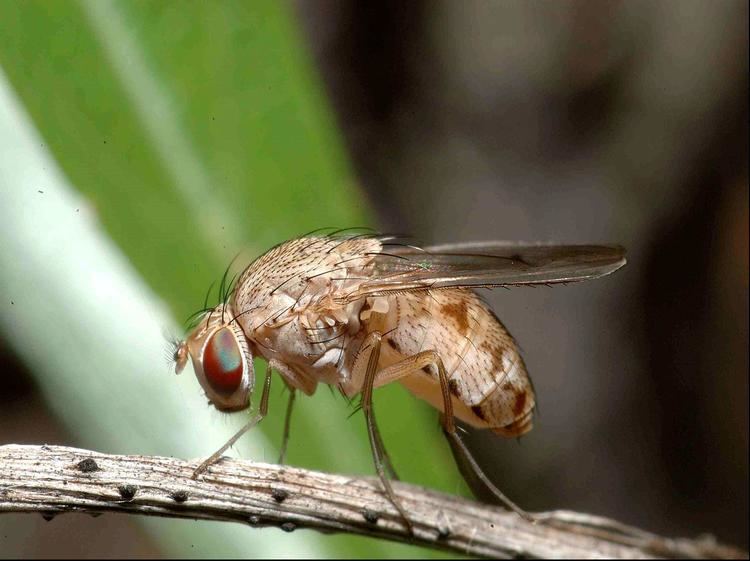Rank Family | Order Diptera Scientific name Curtonotidae | |
 | ||
Similar Diastatidae, Tanypezidae, Asteiidae, Cypselosomatidae, Canacidae | ||
The Curtotonidae or quasimodo flies are a small family of small grey to dark brown humpbacked flies (Diptera) with a worldwide distribution, but with very few species in the Nearctic, Australasian/Oceanian, and Palaearctic regions. Most members of the family are found in tropical to subtropical latitudes in Africa and the Neotropics. Many remain undescribed in collections, since little work on the family has been done since the 1930s.
Contents
Description
For terms see Morphology of Diptera
Medium-sized flies.The postvertical bristles on head are well developed and cruciate and there are three orbital bristles on head on each side of frons. Arista with long plumosity. Costa with two interruptions one more distal to the humeral crossvein and one before subcosta. Subcosta developed throughout its length up to costa.The posterior basal wing cell and discoidal wing cell are fused. The costa bears spinules.
Classification
The family has at various times been placed in the Drosophilidae, Diastatidae, and Ephydridae. In 1934 Duda proposed the family name Curtonotidae and nowadays family rank is now widely accepted.
Genera and Species
Distribution
Biology
Greathead (1958) records the immature stages as scavengers within egg pods of the desert locust, Schistocerca gregaria . Cuthbertson (1936) reared an Afrotropical species, Cyrtona albomacula Curran, from human faeces in Zimbabwe. Others have been found in the burrows of warthogs and ant bears.
Fossils
Only one fossil species of Curtonotidae is known, Curtonotum gigas Théobald, from Oligocene deposits in France.
Identification
Gallery
See images at [2] and at Diptera.info [3]
